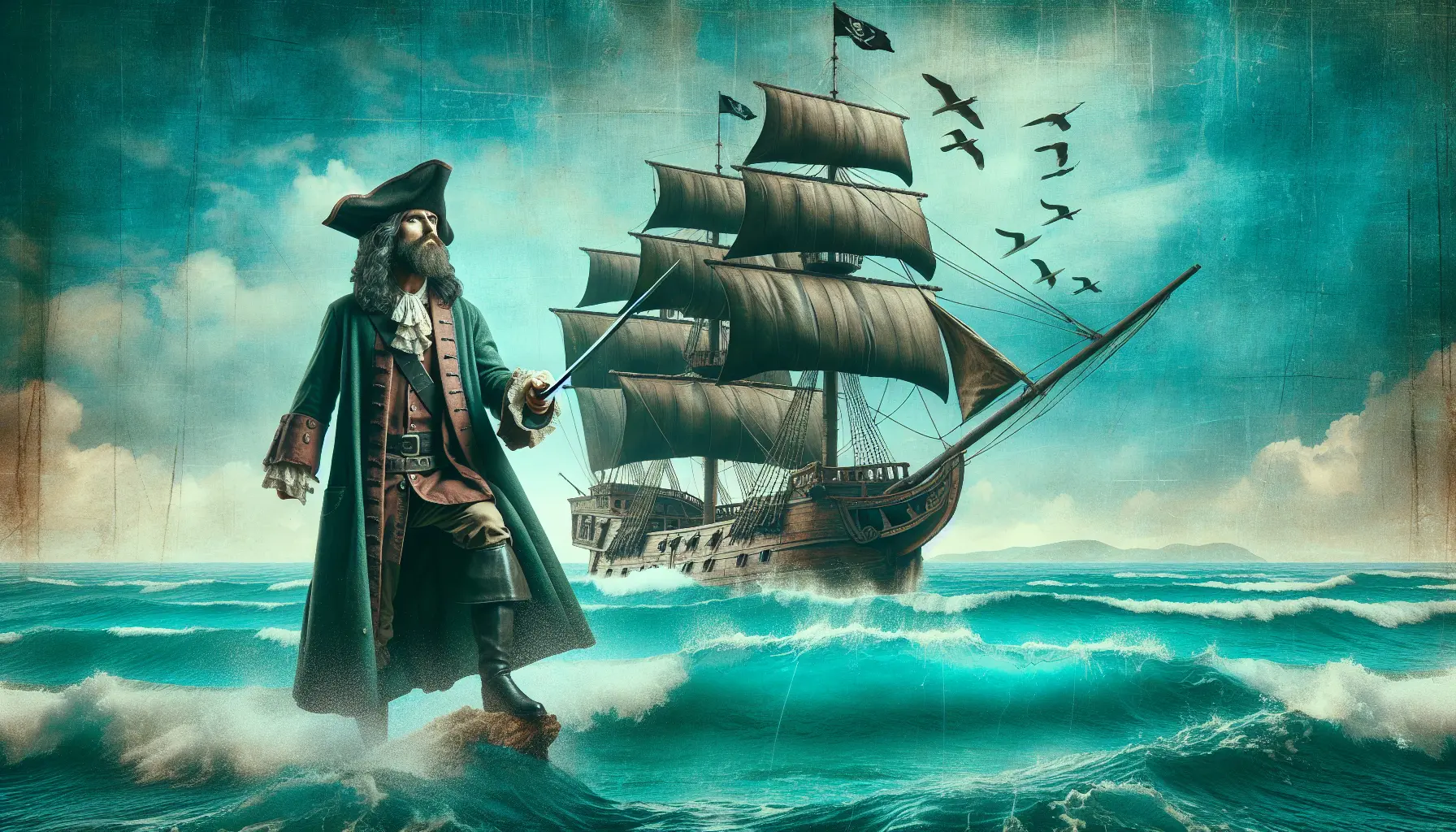
When we think of pirates today, it’s often through the lens of Hollywood—swashbuckling heroes with a moral compass and a flair for drama. But the truth about piracy in the Caribbean is far more complex and tangled, especially during the era chronicled in Conquerabia: The Struggle for Identity. The seas surrounding Trinidad and its island neighbours were once the stomping ground of some of the most infamous pirates in history—men like Henry Morgan and Blackbeard, whose exploits played no small part in the power struggles that shaped the Caribbean.
The Caribbean: A Pirate’s Paradise
During the 17th and early 18th centuries, the Caribbean was a volatile region where European empires vied for control of trade routes, land, and resources. With Spanish, British, French, and Dutch forces all staking their claims, the region became a prime target for piracy. Islands like Trinidad, while not central to every pirate’s tale, were part of a larger archipelago vulnerable to raids, plunder, and shifting allegiances—realities that underpin the historical themes of identity, survival, and resistance in Conquerabia.
Henry Morgan: The Buccaneer Turned Governor
Sir Henry Morgan was one of the most formidable and successful privateers of the 17th century. Born in Wales around 1635, he made a name for himself attacking Spanish settlements in the Caribbean under the flag of the English Crown. Unlike traditional pirates, Morgan was a privateer, meaning his attacks were legally sanctioned—at least when convenient for England’s colonial ambitions.
Morgan’s most notorious raids included the sacking of Portobelo and Panama City, where brutality and strategic cunning went hand in hand. His actions not only enriched him and his men but also weakened Spain’s grip on the New World. So great was his success that he was eventually knighted and appointed Lieutenant Governor of Jamaica—a remarkable arc from outlaw to establishment.
For Caribbean islanders, Morgan’s legacy is double-edged. On one hand, he symbolized the colonial manipulation of law and violence; on the other, he reflects the power plays that defined—and destabilised—the region. In Conquerabia, this kind of moral ambiguity is essential. Just as Trinidad struggled with its own layered identity under Spanish and then British rule, figures like Morgan exemplify the blurred lines between hero, villain, and tool of empire.
Blackbeard: The Myth and the Menace
Edward Teach, better known as Blackbeard, carved a very different path through the Caribbean. Operating a few decades after Morgan, in the early 1700s, Blackbeard became legendary not only for his fearsome appearance—complete with smoldering cannon fuses tucked into his beard—but also for his psychological warfare.
He commanded the Queen Anne’s Revenge, terrorising the American eastern seaboard and West Indies. His blockade of Charleston, South Carolina, and his eventual death in a bloody naval battle off the coast of North Carolina only fueled the legend. Unlike Morgan, Blackbeard had no pretense of working within colonial systems. He represented raw rebellion, a threat to order—chaotic, unpredictable, and deadly.
While Trinidad was not directly assaulted by Blackbeard, the threat of piracy was ever-present. Colonial administrators, merchants, and enslaved populations alike lived with the knowledge that the balance of power could be violently upended at any moment.
Piracy and the Caribbean Identity
In many ways, the pirates of the Caribbean are emblematic of the colonial struggle explored in Conquerabia: The Struggle for Identity. They were often outcasts, opportunists, or conscripts into larger political schemes. Their presence highlights the region’s vulnerability to outside forces and the constant churn of authority. They also challenge the romanticised narratives of empire, showing how control was frequently built on violence, deception, and profit.
Today, the stories of Morgan, Blackbeard, and others remain part of Caribbean lore—but the real legacy of piracy is one of disruption and resistance, of fractured allegiances and survival amid chaos. In that sense, the pirate era mirrors the deeper conflicts faced by Trinidad and its people as they navigated colonisation and forged a unique identity from the ruins of conquest.
Discover more about the untold history of the Caribbean in Conquerabia: The Struggle for Identity—out now on Amazon.